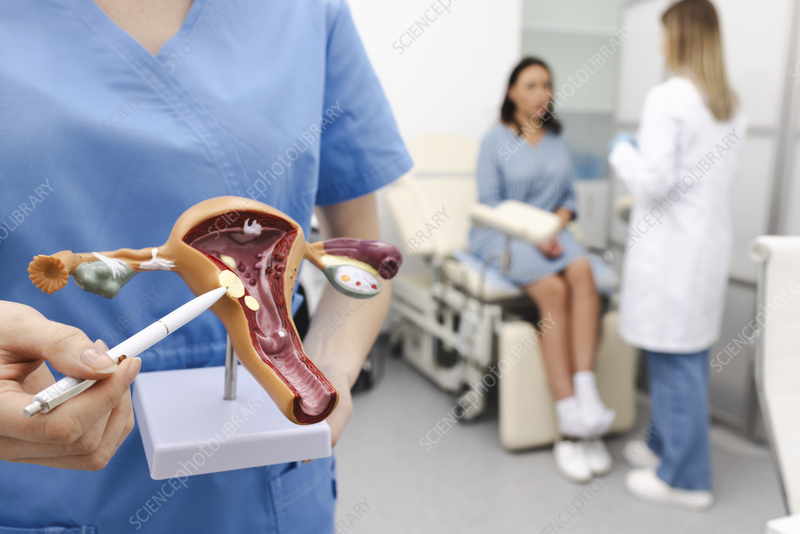Uterine Fibroids

What Are Uterine Fibroids?
Uterine fibroids are non-cancerous tumors that grow from the muscular wall of the uterus due to estrogen and progesterone hormones. Their growth may also be caused by genetic mutations and other factors. These fibroids can range in size from as small as a pea to as large as an orange. In some cases, their uncontrolled growth can lead to internal and external uterine deformities.
As for symptoms, they are almost absent in most cases. However, some patients report experiencing symptoms that indicate the presence of uterine fibroids, including:
Heavy bleeding and pain during menstruation.
Constipation.
Increased urination frequency and difficulty controlling the bladder.
Abdominal enlargement.
Pain during intercourse or lower back pain.
Success Rate of Fibroid Removal Surgery
The success rate of fibroid removal surgery primarily depends on the tumor's size, location, and severity of symptoms. However, in most cases, patients fully recover within a short period after the procedure, with an estimated success rate of 85%.
Regarding pregnancy rates after fibroid removal surgery, they range between 39% and 56%, varying from case to case. The patient's overall health plays a crucial role in determining the chances of pregnancy. While an increased likelihood of conception after fibroid removal is possible, it is not guaranteed.
Fibroid Removal Without Hysterectomy
Modern medicine has made it possible to remove uterine fibroids without needing a hysterectomy or even traditional surgery. In many cases, patients can be discharged from the hospital on the same day of the procedure. However, certain factors influence the decision to remove the uterus, such as the tumor's size and the severity of bleeding. Since fibroids have a high blood supply, uncontrolled bleeding (though rare) may necessitate a hysterectomy.
Can Fibroids Be Removed Laparoscopically?
With advancements in medical technology, fibroids can now be removed laparoscopically instead of through traditional surgery. Laparoscopic fibroid removal is a minimally invasive procedure that eliminates uterine fibroids. It has several advantages over traditional surgery, including:
Smaller incisions, allowing for a faster recovery time.
Minimal complications and lower risk levels.
However, traditional surgery is preferable for removing large fibroids, as their size can obstruct the laparoscopic view and make accessing certain areas difficult.
When Is Fibroid Size Considered Dangerous?
Fibroids are considered potentially dangerous when they reach a size of 10 cm or more. At this size, they can affect a woman's fertility and make conception difficult. Symptoms may include severe pressure on surrounding organs and continuous heavy bleeding, posing a significant health risk.
Post-Surgery Care for Fibroid Removal
After a successful fibroid removal surgery, patients should follow these essential guidelines:
Avoid intercourse unless permitted by the doctor.
Wear loose clothing to prevent irritation at the surgical site.
Perform breathing exercises as instructed by the doctor.
Apply cold compresses to reduce pain at the incision site.
Get adequate rest to promote faster healing.
Consume fiber-rich foods and stay well-hydrated.
Follow the doctor's instructions regarding medications and their schedules.


